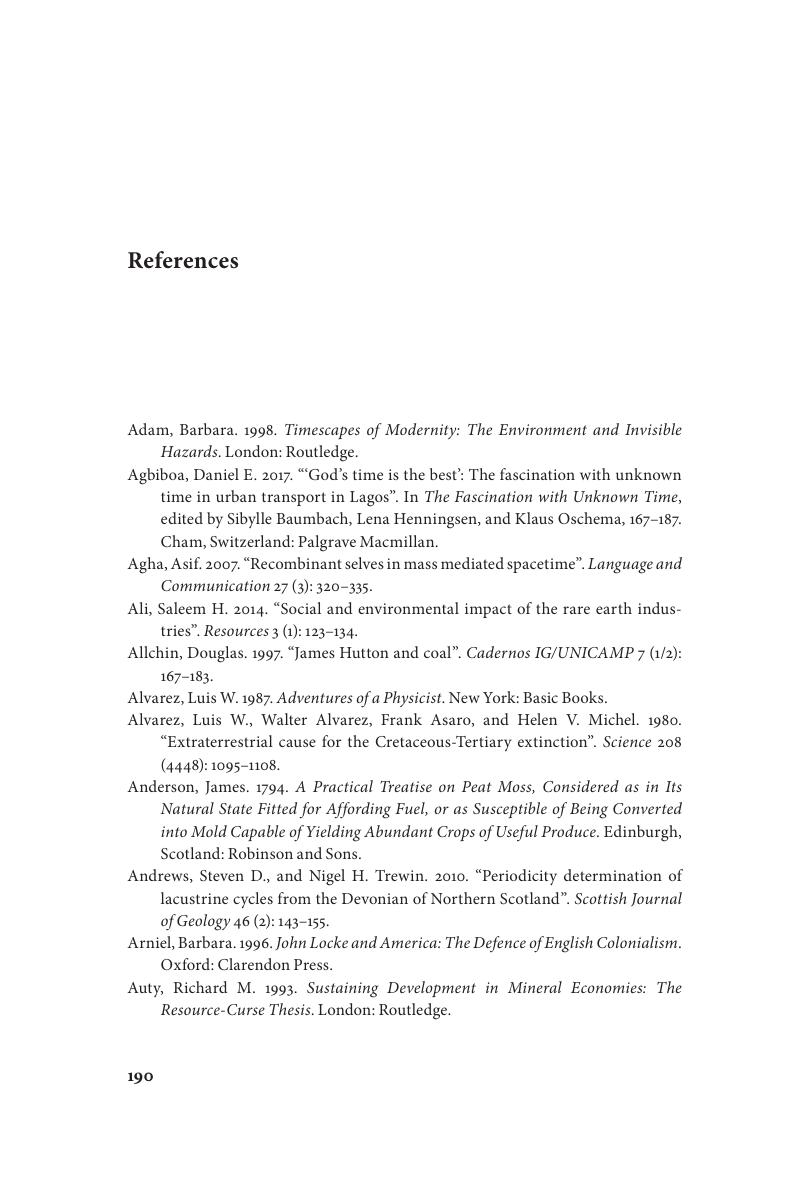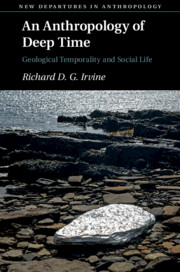Book contents
- An Anthropology of Deep Time
- New Departures in Anthropology
- An Anthropology of Deep Time
- Copyright page
- Epigraph
- Contents
- Acknowledgements
- Introduction
- ONE Time Depth
- TWO Time Travelling Pits and Migrant Rocks
- THREE Excluding Water
- FOUR The Problem with Presentism
- FIVE Mapping Deep Time
- SIX Geology and Biography
- SEVEN Enter Catastrophe
- EIGHT Wasteland
- References
- Index
- References
References
Published online by Cambridge University Press: 04 May 2020
- An Anthropology of Deep Time
- New Departures in Anthropology
- An Anthropology of Deep Time
- Copyright page
- Epigraph
- Contents
- Acknowledgements
- Introduction
- ONE Time Depth
- TWO Time Travelling Pits and Migrant Rocks
- THREE Excluding Water
- FOUR The Problem with Presentism
- FIVE Mapping Deep Time
- SIX Geology and Biography
- SEVEN Enter Catastrophe
- EIGHT Wasteland
- References
- Index
- References
Summary

- Type
- Chapter
- Information
- An Anthropology of Deep TimeGeological Temporality and Social Life, pp. 190 - 209Publisher: Cambridge University PressPrint publication year: 2020



